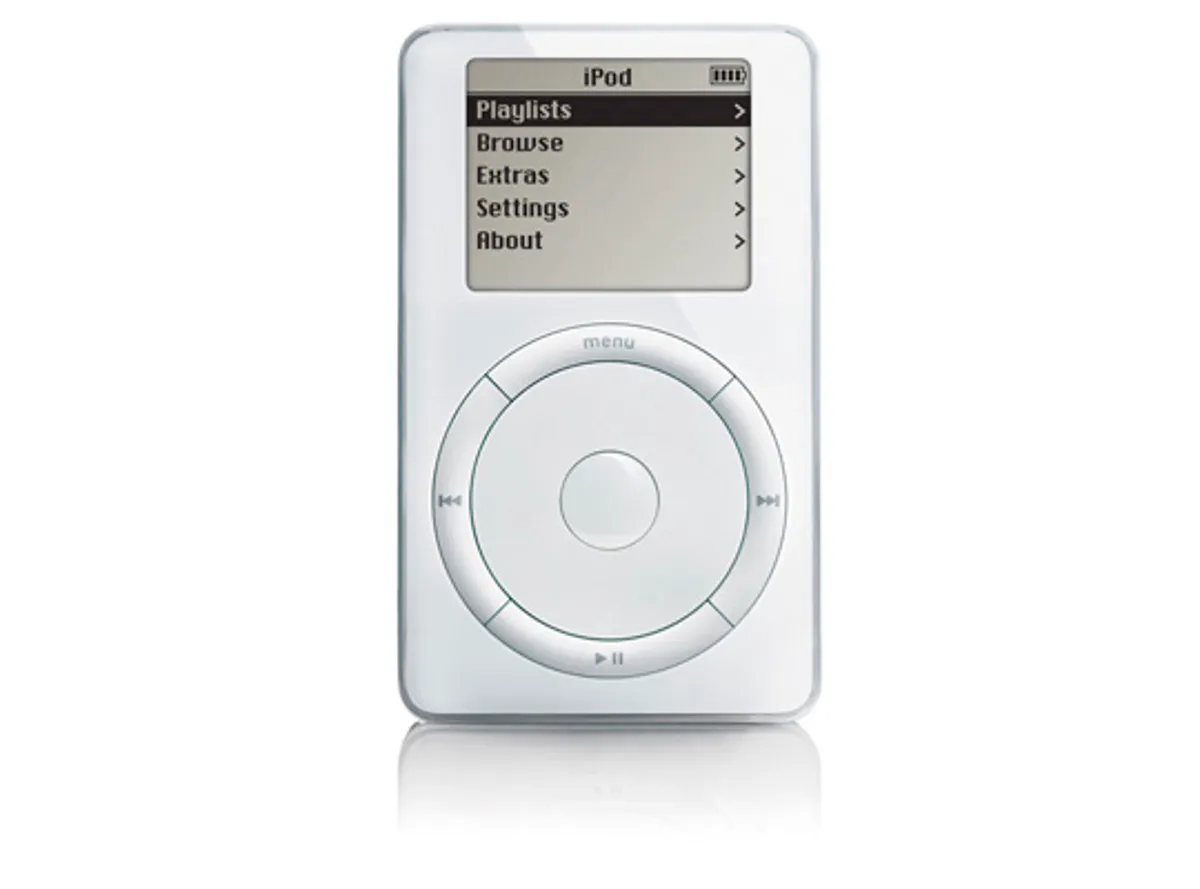© 2024 fjorge. All rights reserved.
Building Software People Actually Use: Lessons from the iPod

24 Years After the iPod: Building Software People Actually Use
In October 2001, Apple released the iPod. At the time, it felt like a leap into the future. “1,000 songs in your pocket” was more than a marketing slogan. It was a promise that technology could fundamentally change how we experienced music.
The iPod wasn’t the first portable digital music player, but it was the one people actually adopted. That distinction matters. Products don’t succeed because they exist. They succeed because people use them.
Today, the iPod is history. Apple retired it, and streaming services on our phones replaced it. In just over two decades, something that once defined culture has disappeared. That is not failure but rather it is evolution. And it is a lesson for every business building technology.
The iPod’s Lesson: Technology Evolves at the Speed of People
The iPod teaches us that technology has a lifecycle. Even the most celebrated products will eventually face new behaviors, new expectations, and new contexts.
The iPod solved the problems of its time. CDs were bulky. Early MP3 players were clunky. The iPod made digital music intuitive and accessible.
The iPod was disrupted by new habits. Streaming overtook downloads. Smartphones absorbed the need for a separate device. Consumers chose convenience and integration over single-purpose hardware.
The iPod’s retirement was inevitable. The world changed, and Apple changed with it. They phased out a product before it became irrelevant.
The takeaway: technology wins when it fits into people’s lives. It fades when it no longer does.
How This Relates to Software Today
At fjorge, we build software that businesses rely on. And the iPod story reinforces a hard truth: success is not about the product launch, it is about long-term use.
That means every software project we take on starts with one principle: build for adoption.
Here is how we approach it:
1️ Start with discovery. We ask the questions that uncover the real problem, not just the stated one. If you build without discovery, you risk creating features that look good in a demo but sit unused in practice.
2️ Focus on fit. Software must integrate into how people already work. If it demands too much change upfront, adoption suffers. The iPod thrived because it didn’t just exist—it worked seamlessly with iTunes, giving people an ecosystem they could step into naturally.
3️ Plan for change. User needs are not static. What works today may feel outdated tomorrow. Building flexible systems and scalable solutions ensures the software can evolve without needing to be replaced entirely.
Why Software Fails
We’ve seen the other side, too. Software fails for predictable reasons:
- It solves yesterday’s problem, not today’s.
- It ignores the user’s workflow.
- It cannot adapt to future needs.
The result is wasted investment. Software that isn’t used is expensive shelfware.
The opposite is also true. Software that is used creates measurable value. It streamlines operations. It saves time. It generates revenue. Most importantly, it becomes invisible—the kind of tool people don’t think about because it simply works.
Building for Relevance, Not Just Release
The iPod may be gone, but its impact is everywhere. Every streaming app. Every phone-based playlist. Every podcast we subscribe to. The DNA of that product still shapes how we consume music.
That’s the aspiration when we build software at fjorge. We don’t aim to create one-off products. We aim to create solutions that adapt and endure. Solutions that embed themselves into people’s work and lives in a way that feels natural.
To do that, we keep asking questions:
- Who will actually use this feature?
- How will it fit into the user’s day?
- What changes in the market could make this obsolete?
How do we design so the software can evolve with those changes?
What This Means for Leaders Today
If you are responsible for digital transformation, product strategy, or even a single piece of business software, the lesson of the iPod is simple: don’t measure success at launch. Measure it in adoption, retention, and relevance over time.
Are people still using your product a year later?
Does it solve the problem as it exists today?
Can it adapt as behaviors shift tomorrow?
If the answer is yes, your software has staying power. If the answer is no, it risks becoming the next piece of “shelfware.”
Looking Ahead
Twenty-four years after its release, the iPod is gone, but the principle remains: technology is only as valuable as its continued use. At fjorge, we carry that forward by focusing not just on building software but on building software people actually use.
Because the measure of success is not the code written or the features launched. It is the value created in real-world use.
